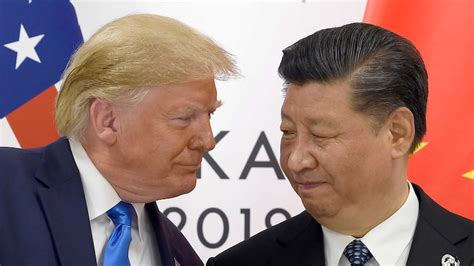At first glance, the world seemed stable. U.S. Defense Secretary Pete Hegseth had just finished reassuring Asia-Pacific allies about America’s support. But then, in a twist of fate, President Donald Trump unleashed an economic tsunami on these very nations.
With great fanfare, Trump unveiled what he termed “Liberation Day,” imposing severe tariffs that hadn’t been seen since the early 1900s. A move that not only rattled global markets but also cast a shadow over longstanding alliances and rivalries in Asia.
As tensions escalate, it’s not just China feeling the heat; U.S. allies like Japan and South Korea find themselves caught in the crossfire as well. The impact of these tariffs extends far beyond mere economics—it’s a strategic play with geopolitical reverberations.
The Fallout for China:
Trump’s ire was unmistakably directed towards China with whopping tariff rates reaching as high as 54 percent on Chinese imports. The cumulative effect on Chinese businesses that have diversified their production across Southeast Asia and Mexico is profound.
Moreover, Beijing’s retaliatory moves could further complicate the already strained relationship between the two economic powerhouses. The escalating tit-for-tat threatens to plunge both nations into an uncertain abyss of economic warfare.
Expert Insights:
Economists predict a significant dent in China’s GDP due to these tariffs—a blow that could severely test Beijing’s resilience amidst mounting pressure from Washington.
Wendy Cutler from the Asia Society Policy Institute emphasizes China’s strategic restraint while navigating this turbulent trade landscape.
“Japan and South Korea were slapped with 24 and 26 percent tariffs”
It’s not only China feeling Trump’s wrath; traditional American allies such as Japan and South Korea are grappling with substantial tariff blows. These unexpected measures place immense strain on established trade relationships and defense partnerships.
In response, Japanese Prime Minister Shigeru Ishiba expressed disappointment over Trump’s decision, hinting at potential diplomatic repercussions down the line for countries affected by these punitive actions.
The ripple effects extend beyond immediate economic consequences; they threaten to reshape regional dynamics and challenge diplomatic allegiances forged over decades.
The Impact on Taiwan:
Taiwan finds itself precariously positioned under a 32 percent tariff rate, signaling heightened tensions amid growing military maneuvers by Beijing around its shores. This fragile equilibrium leaves Taiwanese officials little room for maneuvering as they navigate through this tumultuous period.
Meanwhile, Australia—a key ally crucial for U.S. military logistics—faces its own set of challenges following punitive tariffs imposed by Trump’s administration.
Political turmoil within Australia underscores how deeply intertwined economic policies are with broader security concerns in today’s interconnected world order.
Decoupling Dilemma:
Amidst this chaos looms a lack of coherent strategy behind Trump’s aggressive trade tactics targeting both adversaries and allies alike.
The notion of ‘decoupling’ from China appears entangled with broader objectives that risk disrupting global supply chains and undermining long-standing diplomatic ties worldwide.
Is there method behind this apparent madness or merely impulsive decision-making? Only time will reveal whether these bold moves prove fruitful or backfire spectacularly.

